A story from LUMA to LED
The beginning of what today is Aura Light started as early as 1930 with the founding of the company Luma. It was with a rebellious spirit that Luma emerged when the early lighting companies of the 20th century had joined forces in a cartel with the aim of raising the prices of incandescent light bulbs while limiting its service life. Luma's goal was to challenge the industry and supply light sources of the best possible quality at the best possible price. Even today we are on the same track; to create better, more sustainable and economical lighting solutions.
1920's
The so-called Phoebus cartel was founded in 1926 among the leading lighting companies, with the aim to raise the prices of incandescent lamps, and at the same time limiting the life time of the lamps to 1000 hours. The cartel was the first documented example of planned aging. The Swedish Co-operative Union (KF) makes the decision to start produce high quality lamps themselves, that they can offer to the market to a low price. The construction of a factory in Hammarby Sjöstad in Stockholm starts in 1929.
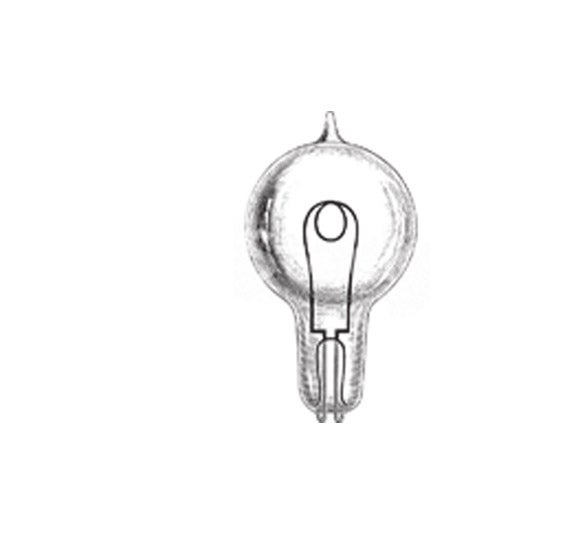
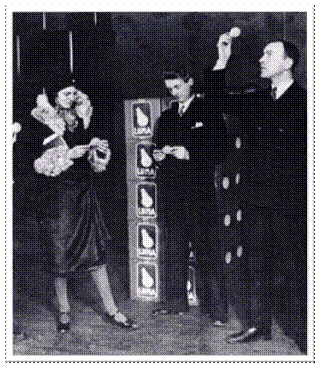
1930's
The state-of-the-art LUMA factory is ready in 1930 and on September 11, the first incandescent lamp is manufactured. Already in 1935, the annual production of LUMA reaches 4.2 million lamps, a third of the total lamp production in Sweden. LUMA comes to Norway and starts selling there in 1934. The Phoebus cartel is disbanded in 1939.
1940's
During the Second World War, LUMA was the only company that produced light bulbs in Sweden. At the same time, fluorescent lamps are revolutionizing the market and LUMA is starting its production of fluorescent lamps. In 1947, 50,000 lamps are produced per day in the LUMA factory in 4,000 different models. Luma has 1,350 employees. The official name is now Lumalampan AB.
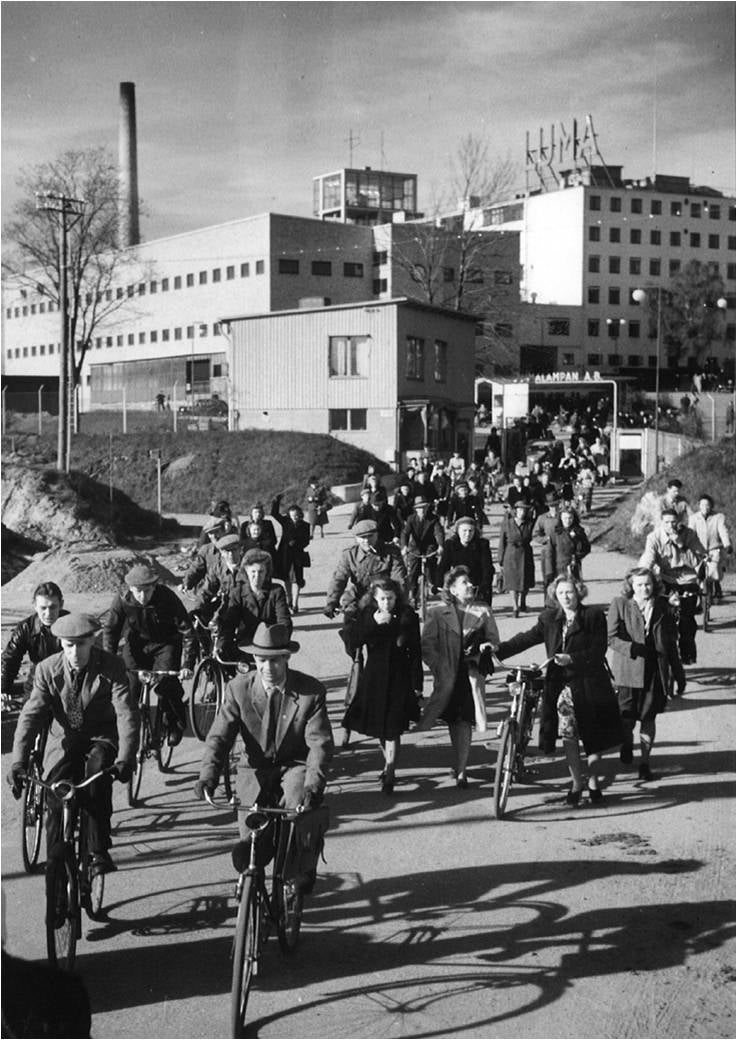
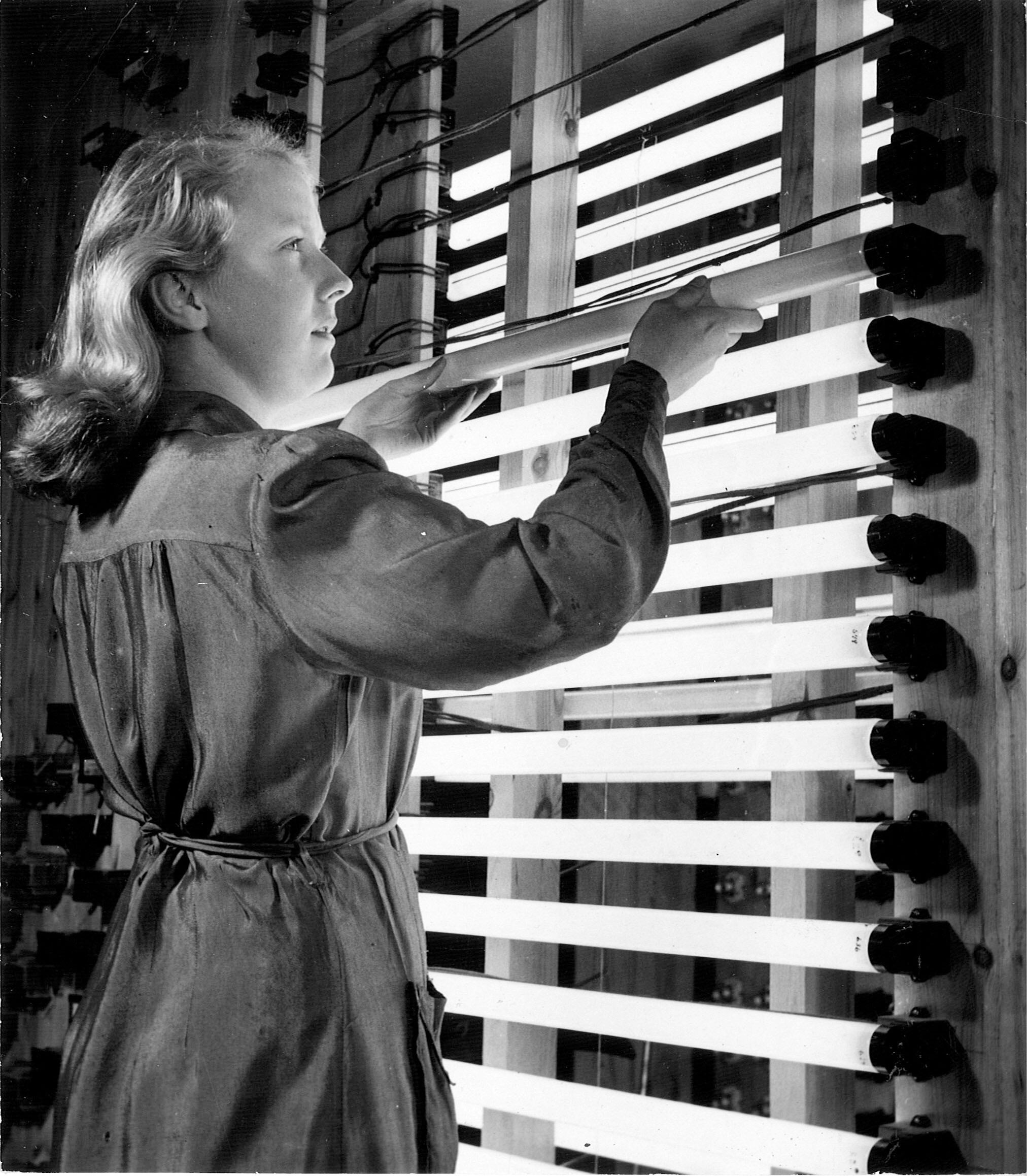
1950's
The product range is growing and in addition to standard lamps and fluorescent lamps, LUMA produces special lamps for industry as well as film and photo studios. LUMA is entering the market for radio and TV with the brands Lumorama, Lumona and Lumavision. This strategic step doubles the company's annual sales. Prototypes are tested in the LUMA tower, where a light is always lit, which gives the slogan "It is from Luma the light comes".
1960's
Luma is expanding with a new factory for the manufacture of fluorescent lamps and with a factory in Kalmar for mounting of radio and TV. Luma launches its first color TV. The Minister of Finance visit the factory and gets to see the largest and smallest light bulb in the range.
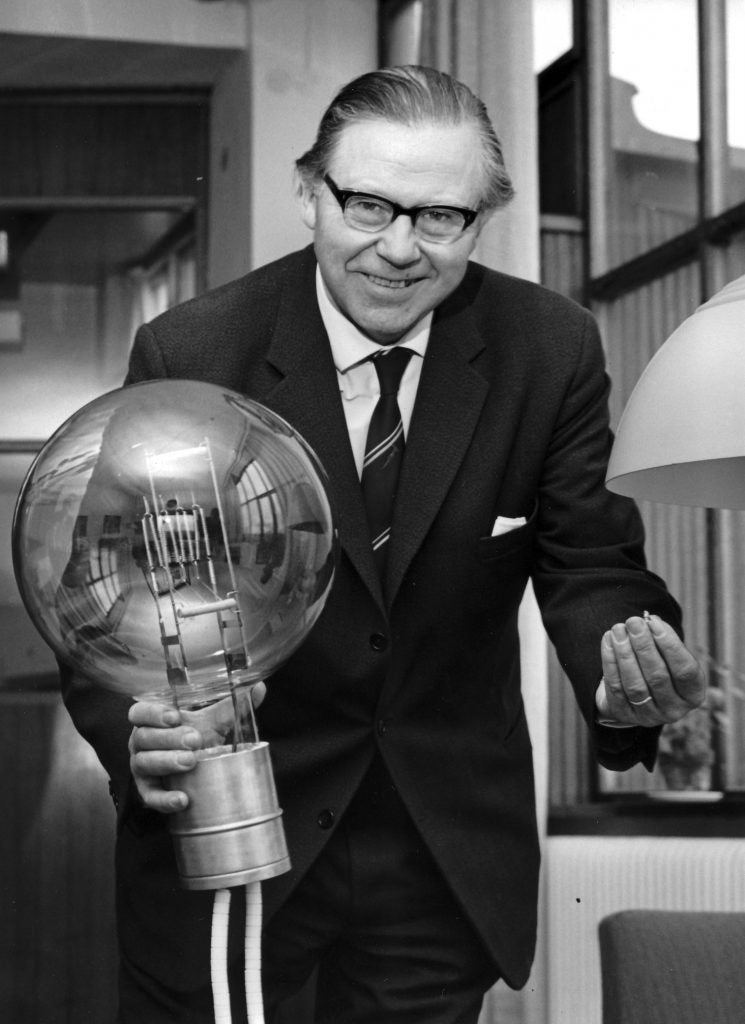
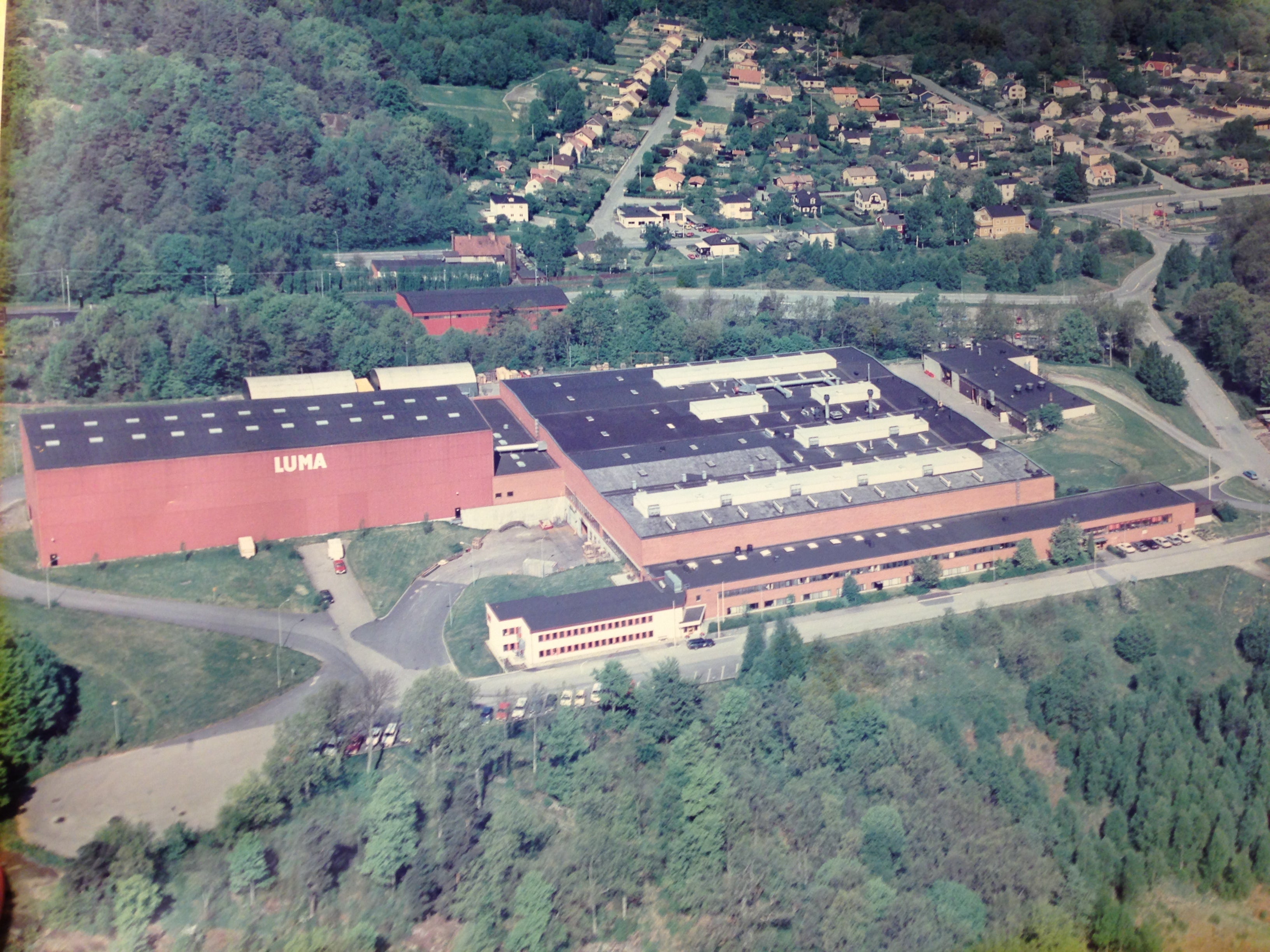
1970's
Luma is moving its lamp production from Stockholm to Karlskrona and is the only manufacturer of fluorescent fluorescent lamps in Sweden.
1980's
A new cathode design is developed and patented. Shortly after another patent is obtained, this time for a specially designed protective layer between glass flask and light powder. Based on these innovations, Long Life - high quality light sources with three times as long life as comparable products are developed.
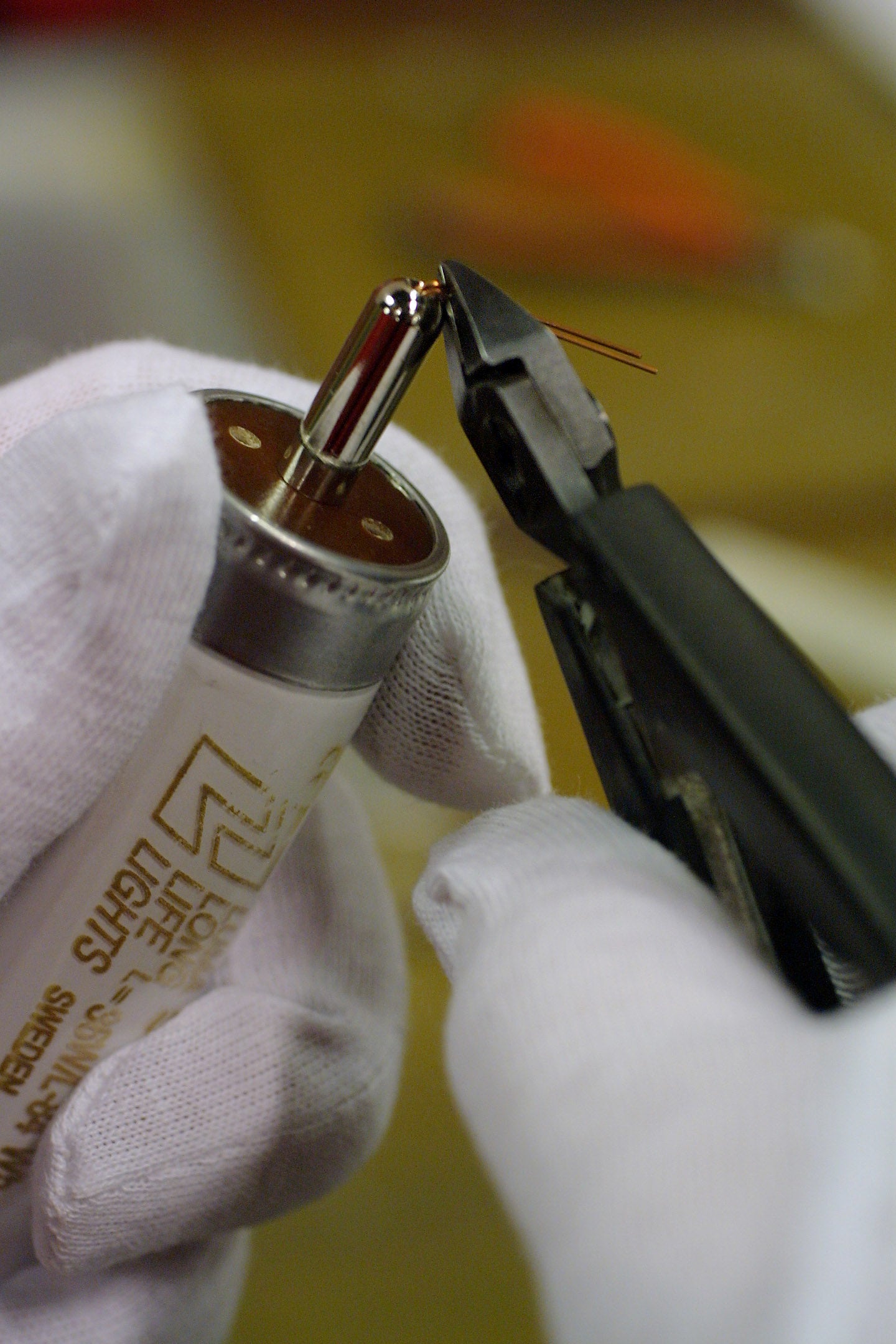
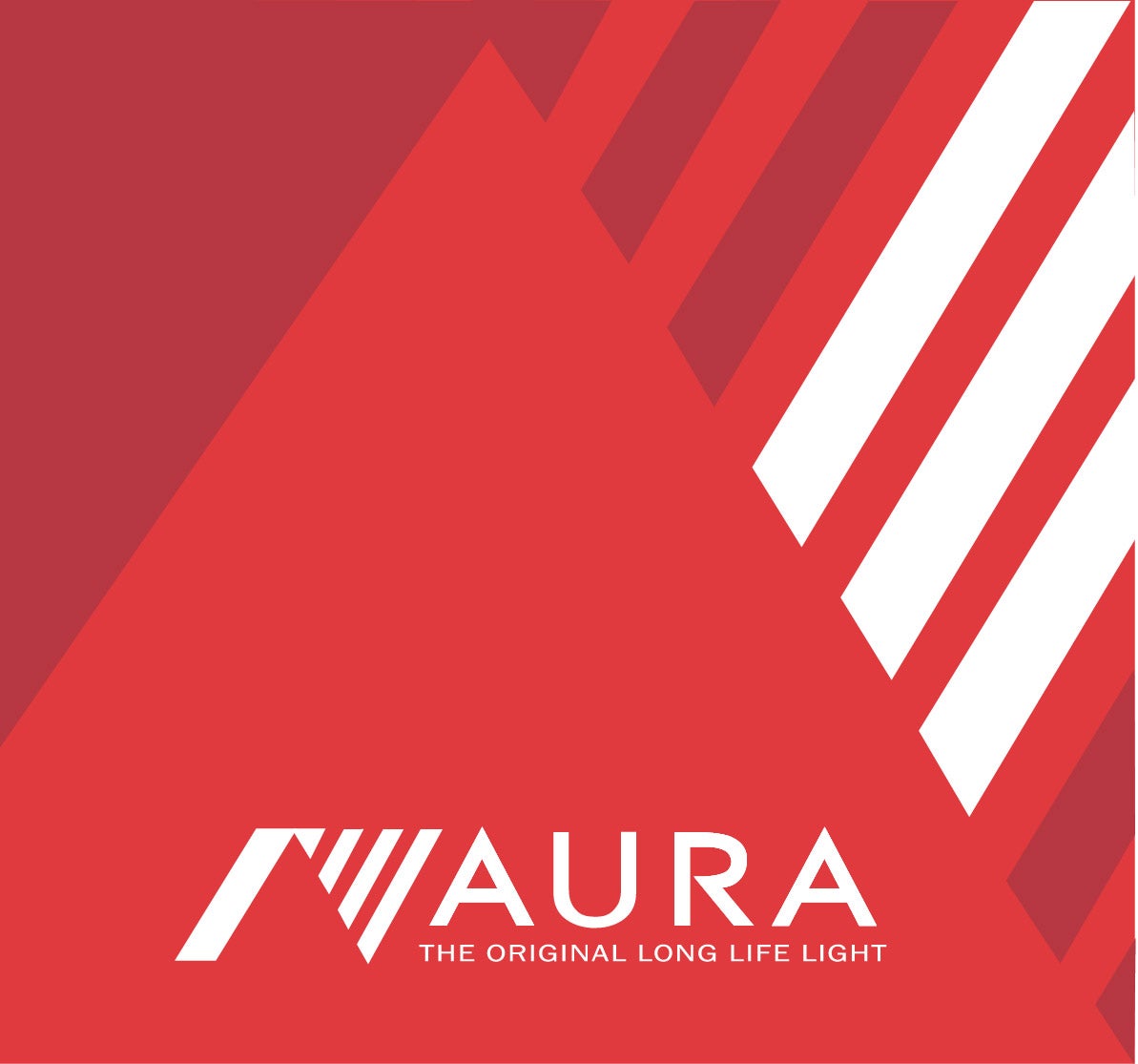
1990's
During the early 1990s, Luma expands to open offices in Denmark, Finland, France, Germany, the Netherlands, Italy, Norway, Portugal, Spain and the United Kingdom. LUMA is sold in 1994 and becomes Aura Light. With an increased importance of energy efficiency and sustainability, steady growth is possible.
2000's
Aura Light further develops the Long Life range with new products such as Aura Ultimate Long Life with then the world's longest life, the world's first long-life compact fluorescent lamp, Aura Unique-L Long Life and Aura Sodinette Long Life, a long-lasting high-pressure sodium vapor lamp.
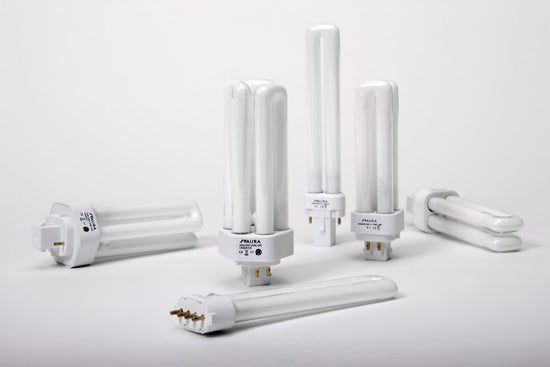

2010's
The modular LED tube Aura UltiLED Long Life, with a lifetime of 8 years is developed. To get a comprehensive lighting range, iQ Sensortech is purchased as well as the luminaire companies Zobra and Noral, with a factory and production in Vimmerby. In 2015, Aura Lights Lunaria LED panel is named the world's most energy efficient LED panel by SEAD. In 2018, all production is moved to Vimmerby.
